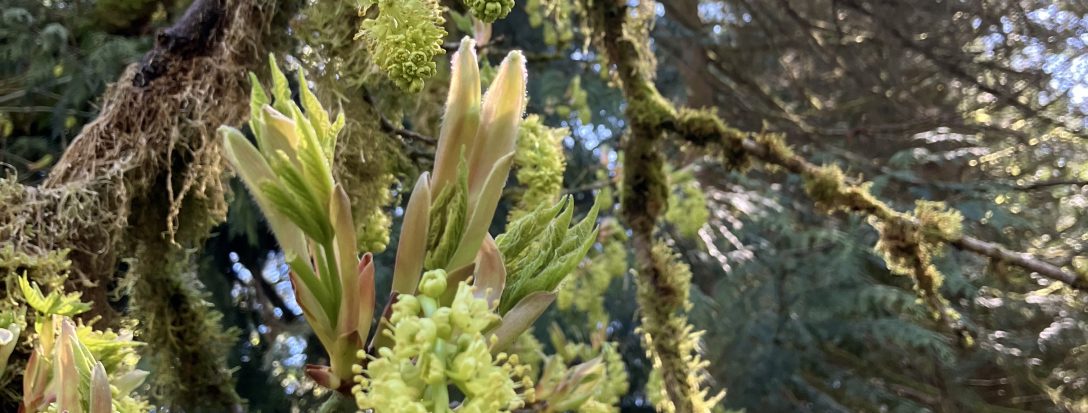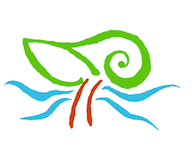
This guy has been trolling around our stream buffer habitat for weeks now and it’s a great reminder of the wilds in our backyard here at Leafhopper Farm. Special thanks to Kyle for getting this trail cam footage of the Ursus Americanus in our wildlife habitat of the stream buffer at Weiss Creek. Below are some impressive plaster casts taken by Trevor of the bear earlier in June when it came through our hand dug cold plunge pool.

The hind end of this animal is big, and the back feet carry that weight, so they are bigger than the front. Our cast is only a partial track, having a great capture of the claws, most of the toes, and “ball” of the back foot. A full track would have a much longer heel attached, much like our own footprint. In fact, it’s not uncommon to confuse human and bear tracks in certain sub-straights.


I’m guessing this is a male bear, based mostly on sheer size. Though considered smaller on The West Coast, in Washington, the bears tend to be heavier, following Bergman’s rule. This fantastic specimen is no exception, and it’s the largest of the few I’ve been close to in Washington State. Am I scared? Well, no, unless I come upon the bear suddenly, which is unlikely. The residence here on the land are being careful, not leaving out food or taking quiet walks down by the stream. Clap, sing, stomp, and talk boisterously when you think there might be a bear around. That’s the best way to avoid surprise encounters.

Black bears are common across the state, but at Leafhopper Farm, this is our first resident bear we’ve been aware of. When I moves onto the property in 2013, there was recent bear sign, but after settling in, there was no more fresh bear sign till this June in 2018. Now he’s in the area and very active in our stream buffer. That’s great! For the farm, having wildlife in the habitat we are cultivating for them is the plan. Will the bear stay in our fenced buffer space and not find his way to the chicken coop, grain room, or orchard later this fall? Who can say? I know it could happen, so we have to take careful steps here at Leafhopper to ensure the safety and preservation of our stock.

The realities of living on the edge of wilderness means wildlife overlap with domestic life, and as stewards of wildness, we have to take a step back and really think about our relationship with nature. For me, there is a very active crossroads between farming and a passion for wilderness. I want to let all the wild things do as they will, but when it infringes on my livestock’s health and safety, I have to take steps to protect my investments in cultivation, sometimes at the cost of something wild. We do this every day in ourselves, and it’s not easy. The lesson here is adaptability, for me and the bear.

